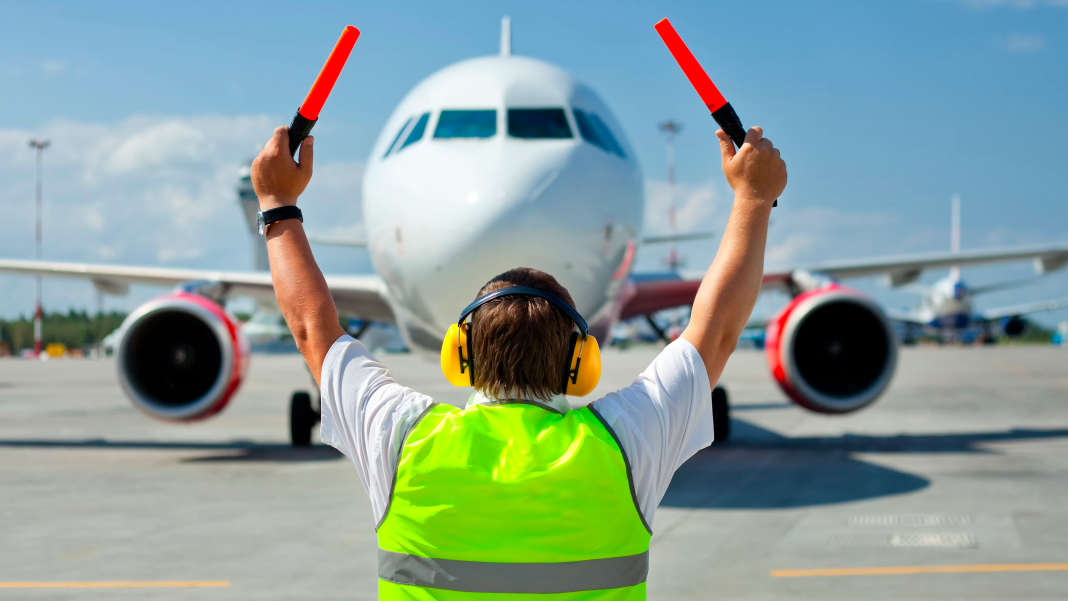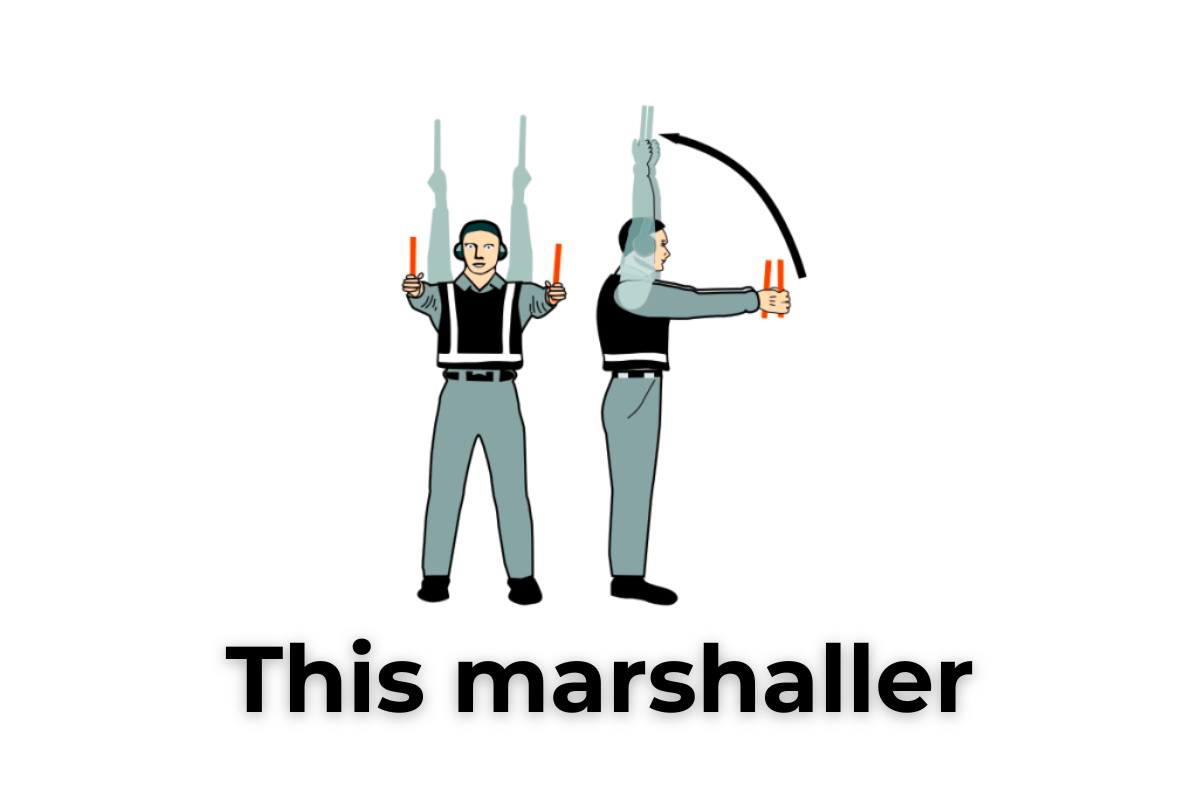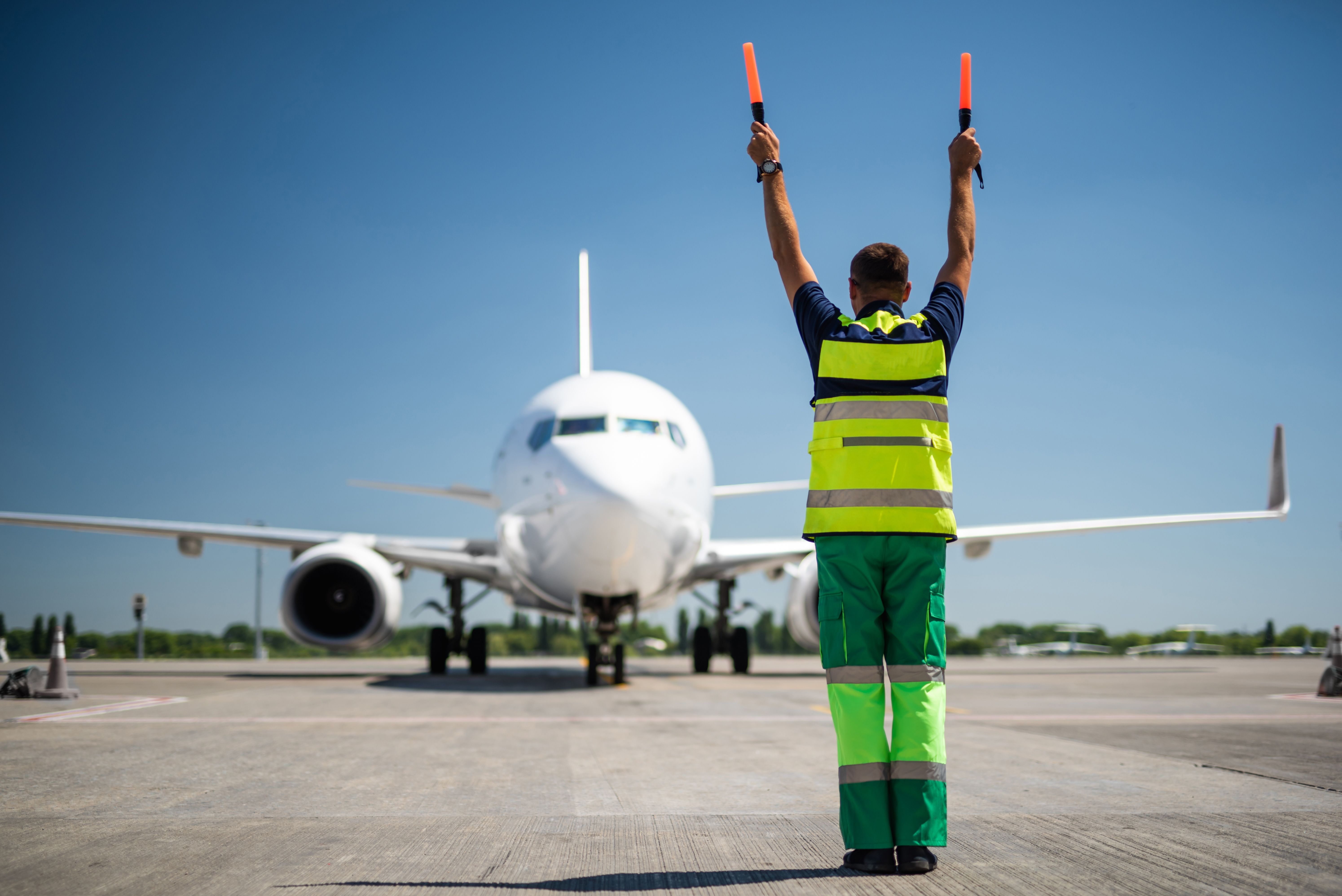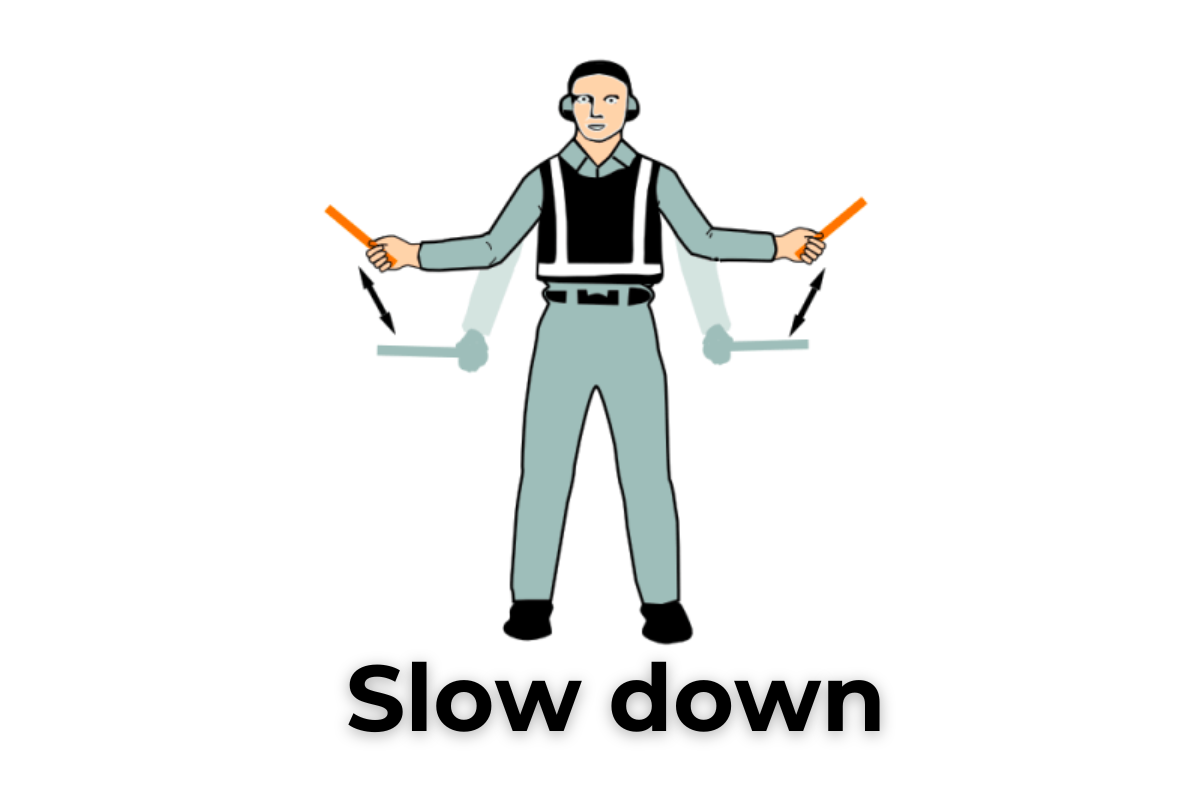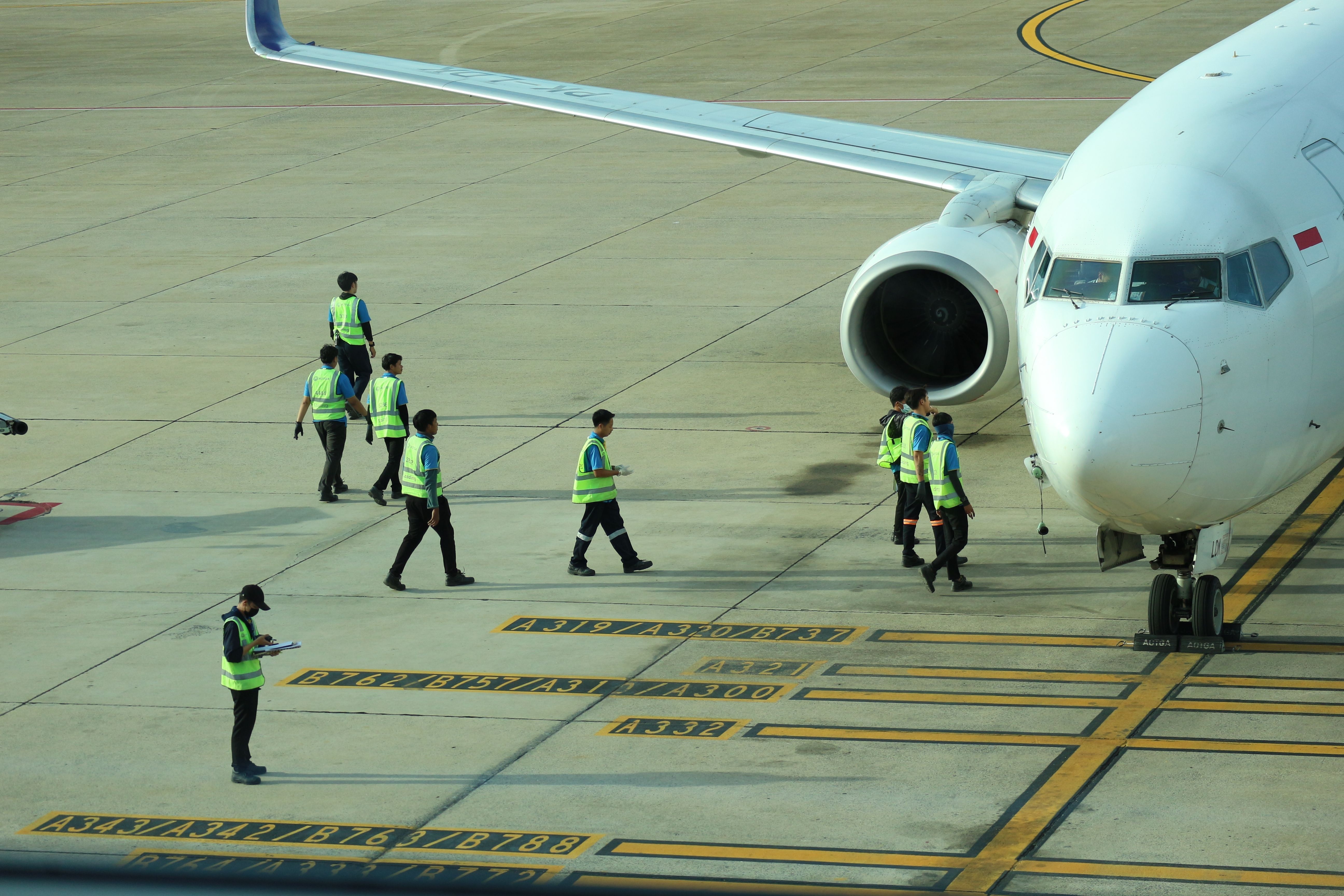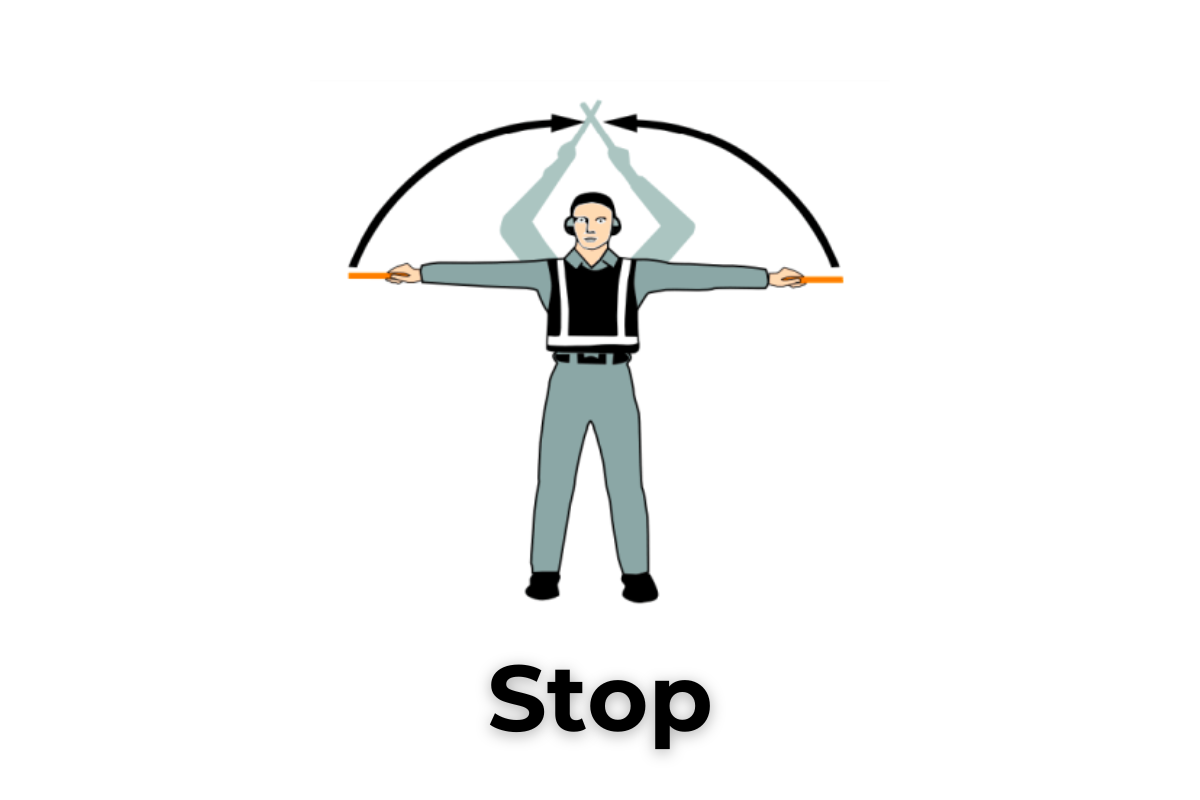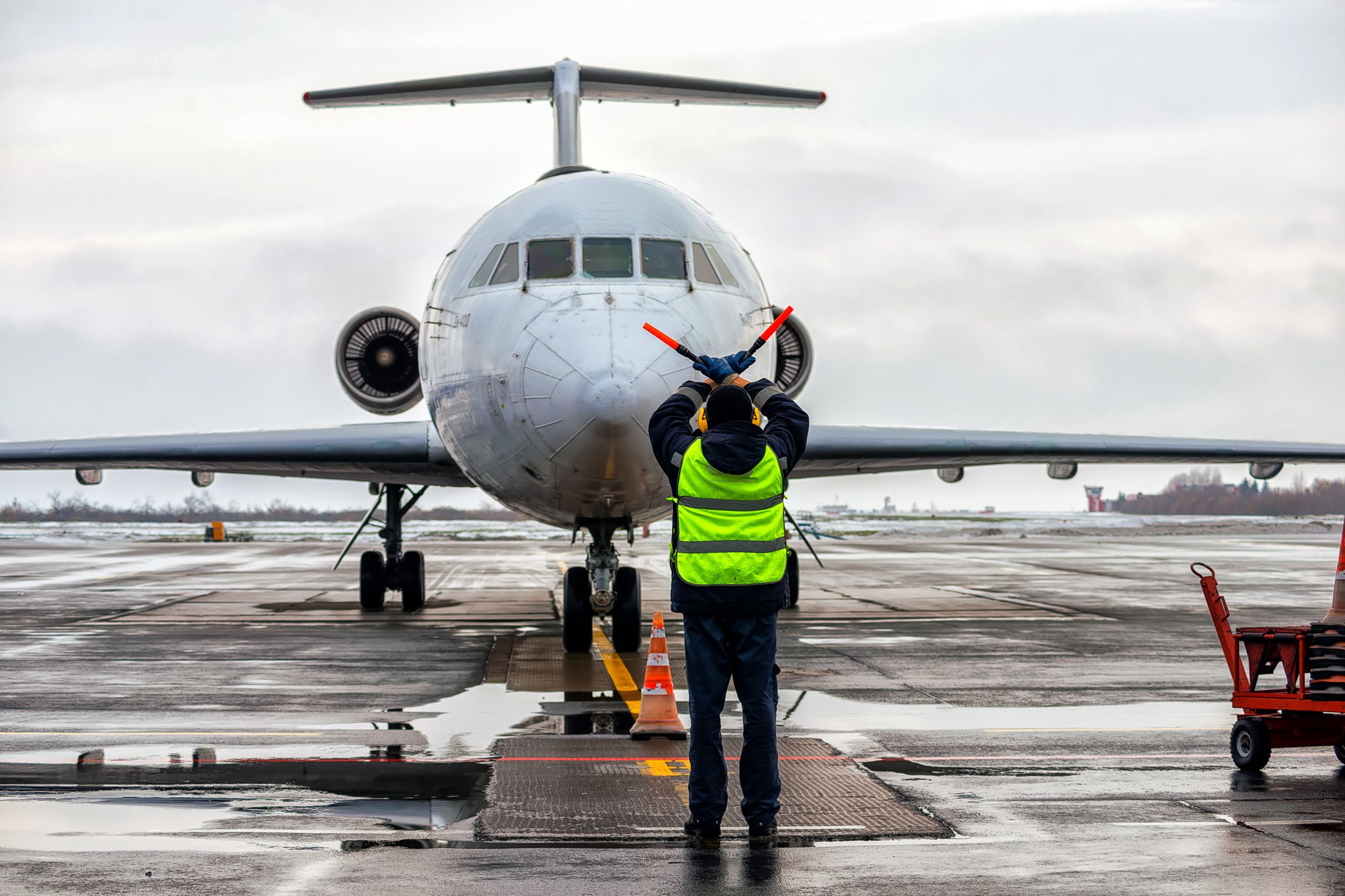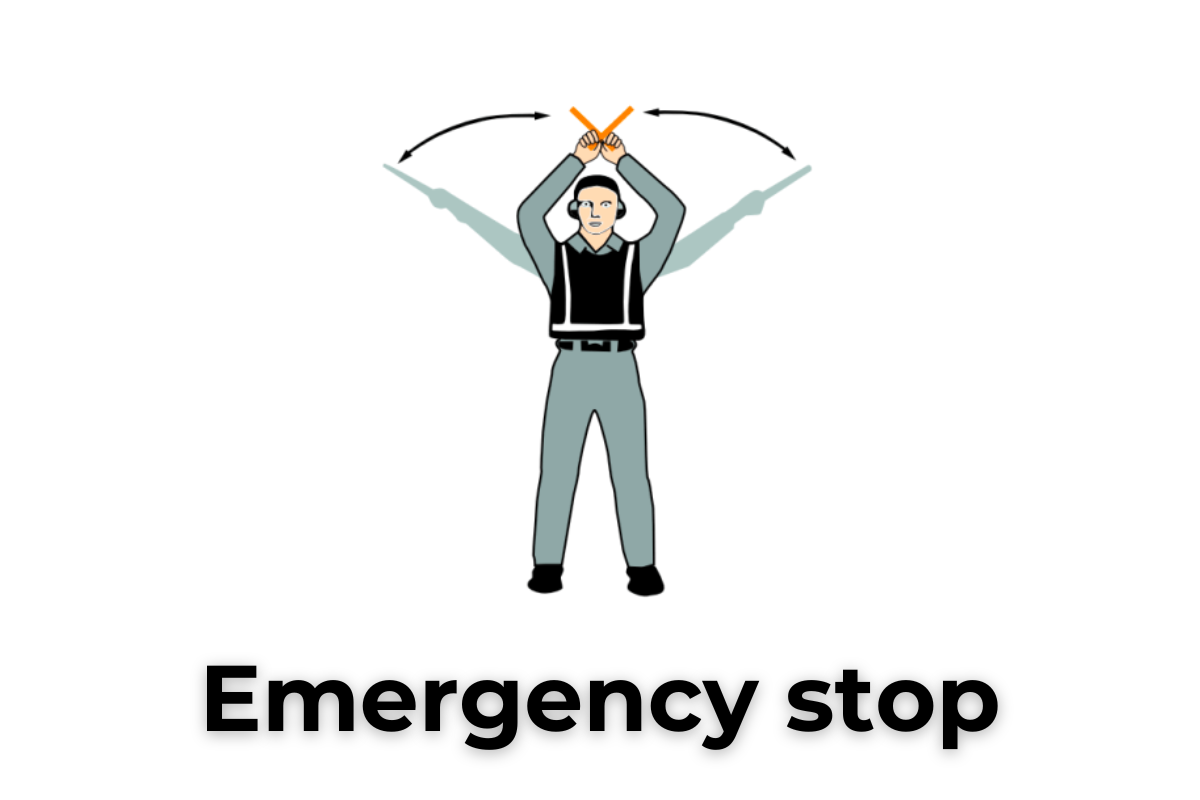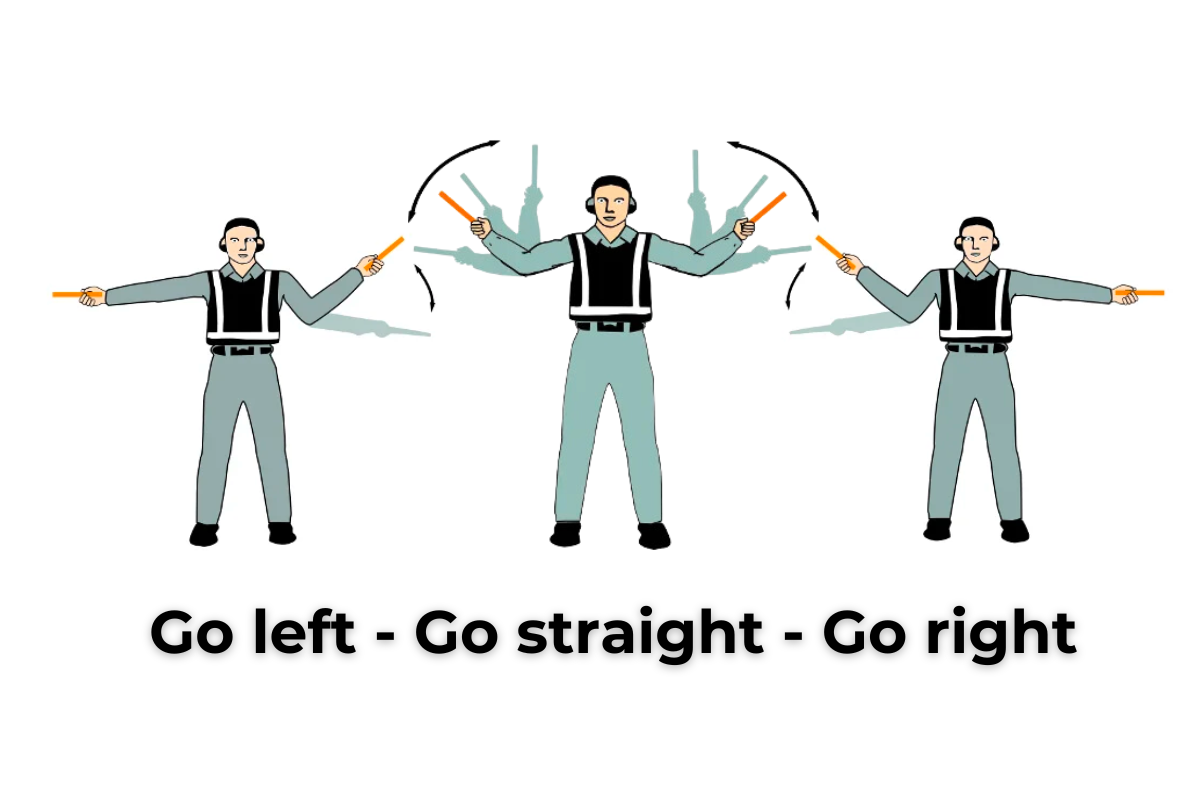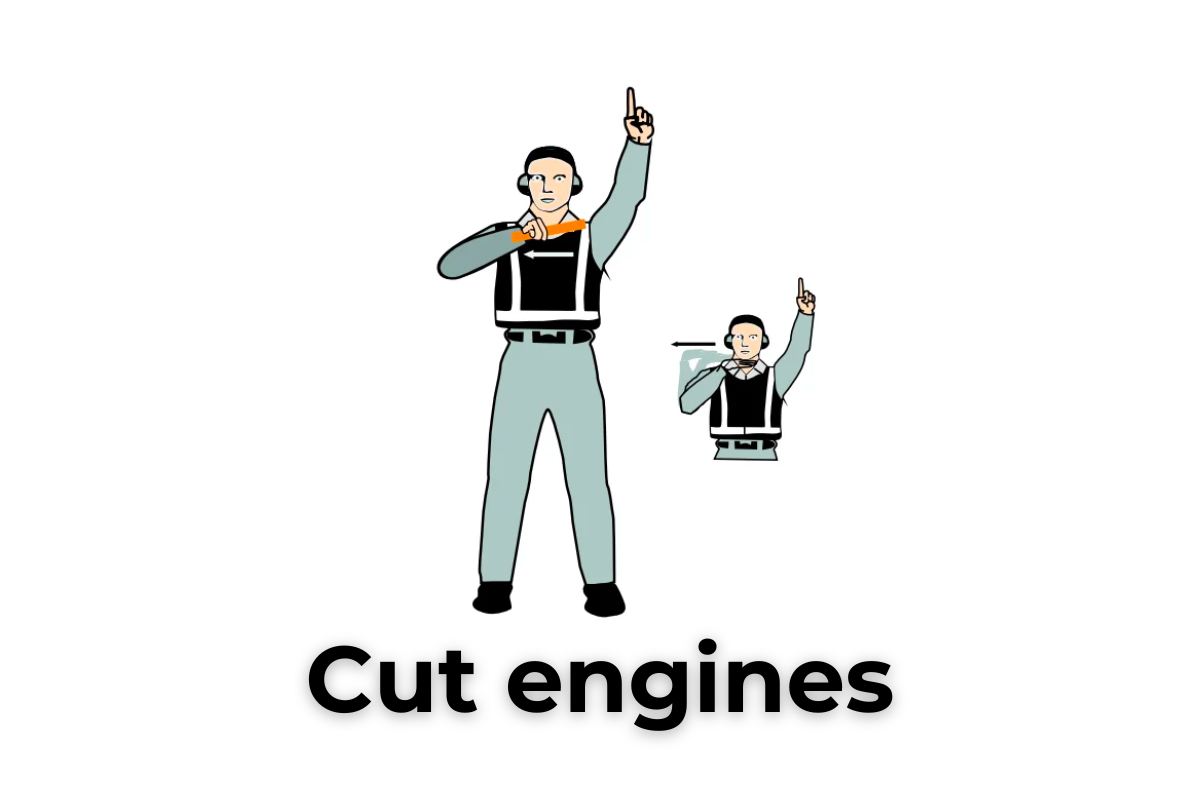While aircraft marshaling has been improved with the Visual Docking Guidance System (VDGS), human aircraft marshallers are still significant at the core of ground operations. These individuals ensure all aircraft are safely and accurately moved when technology isn’t available at remote bays, if the system is down, or if the airport is not equipped with such a system.
Since the aircraft marshaller’s job is to ensure the safety of the aircraft on the ground, the marshallers themselves should also be safe in these kinds of high-risk environments where numerous hazards are present. This is where communication comes in, or in this case, as aircraft engines are far too noisy, a marshaller uses a set of signals to provide information.
1 ‘This Marshaller’
Connects the pilot with a specific marshal
This may seem relatively obvious or redundant, but perhaps the most crucial signal used for aircraft movement on the apron is ‘This Marshaller,’ whereby the marshaller raises both light wands above their head in a vertical position with the palms facing toward the aircraft. Pilots typically have a narrow field of vision from the cockpit, so seeing this signal from the marshaller helps them to understand where the aircraft is supposed to head.
Photo: Olena Yakobchuk | Shutterstock
Imagine the chaos that would follow if pilots followed through with the wrong marshaller to the incorrect parking stand. Especially during peak times at the airport, as catering trucks, load control, and many other ground operations personnel both below and above the wing would have to rescramble from the original position to where the aircraft wrongly went, leading to unnecessary delays.
2 ‘Slow Down’
In case an aircraft is moving too quickly
As the marshaller signals for the pilots to maneuver the aircraft towards them on the centerline, there are instances when the flight crew tends to taxi forward a little too quickly. For multi-choice aprons, having the aircraft move too fast can be worrisome, as aircraft marshallers must ensure the pilots stop the aircraft at the proper stop position meant for that specific aircraft type and not be too close for comfort and safety.
Photo: Cindhyade | Shutterstock
To communicate for pilots to slow down if they are too fast or closely approaching the marked stop position, aircraft marshallers will place both arms down with palms towards the ground and move the light wands up and down several times.
If the marshaller wants the pilots to slow down an engine on a specific side, this signal can be similarly communicated with a slight tweak. With both arms still down and palms toward the ground, the aircraft marshaller will move either wand up and down many times to emphasize which side should be slowed down sufficiently.
3 ‘Stop’
Arrival at the gate, or a normal stop is required
Another rather obvious yet essential signal that aircraft marshallers have to indicate is when they have fully extended arms and light wands at a roughly 90-degree angle to their sides and slowly move above the head until the light wands cross. This tells pilots to ensure the aircraft slowly comes to a regular stop.
Photo: dentorson | Shutterstock
If the marshaller requires the pilots to make an emergency and sudden stop, the signal will instead be one where the aircraft marshaller abruptly extends their arms, and the light wands above the head and crosses the wands – no slow movements. With either stop signal, the marshaller will raise a hand just above shoulder height with an open palm to signal to set the brakes.
4 Directions
Left, right or straight on?
Knowing where to go when parking an aircraft is essential, as mistaken pathways can be a headache to correct, particularly when it’s a 100-ton commercial airplane being moved. To direct aircraft to make turns, ground marshallers will face the pilot and indicate which way to go by pointing a baton in that direction, and lifting the opposite arm up and down.
This becomes even more important when the airplane is approaching the gate. Being nicely on the centerline means the airplane will perfectly match up with the designated areas for baggage trucks, fuel tankers or pipes, catering carts and other service vehicles, as well as the jetbridge for passengers.
5 ‘Cut Engines’
As the name implies…
Before anyone can approach the aircraft, the pilots must first turn off the engines. The aircraft marshaller will signal this by extending the left arm vertically overhead with the light wand while the right arm and wand are extended toward and bent at left shoulder level. Although it sounds complicated and complex to visualize, it’s essentially a slicing motion across the throat with the light wands.
Airport marshaling is an incredibly important job on the ground at any busy airport, but that doesn’t mean some marshals don’t have fun when they’re at work. Enjoy these clips below of some military marshallers showing us all how to do it in style:
Have you seen the hand signals at airports? Which other ones have you most often seen? Tell us about it in the comments.
[ad_2]
Source link
